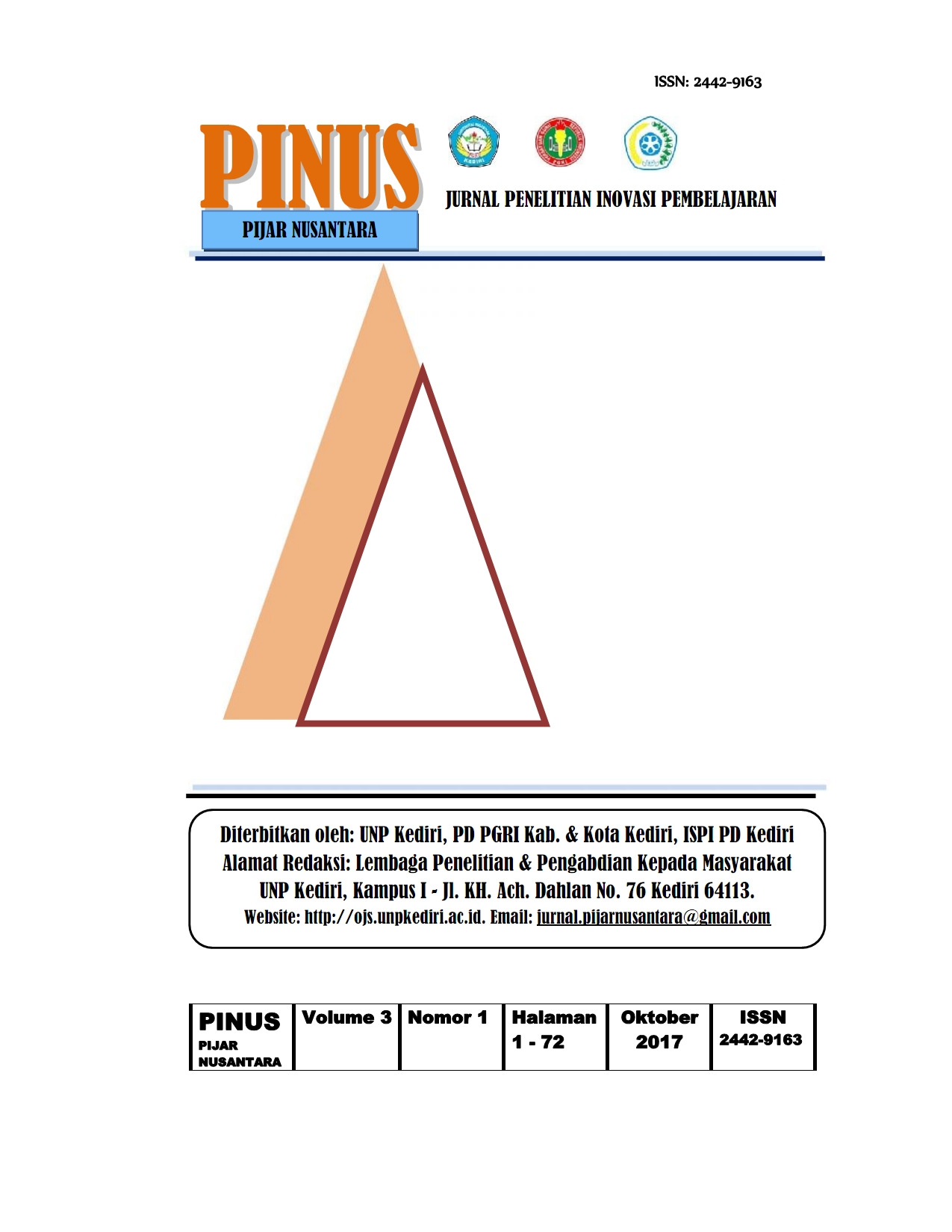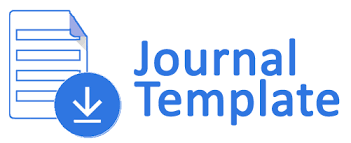Analisis Hasil Belajar Mahasiswa Menggunakan Media Cetak dengan Media Elektronik Pada Mata Kuliah Matematika Ekonomi di Universitas PGRI
DOI:
https://doi.org/10.29407/pn.v3i1.972Keywords:
Print Media, Electronic Media, Economic MathematicsAbstract
Electronic media and print media is one of the media that began to be used in teaching and learning at the University. Variable in this research Electronic media as independent variable 1 or X1 and Print media as independent variable 2 or X2. Samples were taken by random sampling that is class 3A and class 3B from population of 2 class. The methods used are comparative expri- sive and descriptive. Data analysis technique use t test equation with 95% confidence level (α 0.05). Based on the results of the discussion can be concluded that the liveliness of students who learn to use electronic media average 17.54 while those who learn using print media 78.20. And based on the tests conducted it is known that the average student's learning grade electronic media 77.42 while those who learn to use print media 83.72. Proof of hypothesis shows thitung = 8,524> ttabel = 8,283 means accept Ha, which means there are differences in student learning outcomes in the subjects of Economic Mathematics using print media with electronic media at the University of PGRI Palembang Lesson Year 2016/2017. From this result suggested to lecturer in Economic Mathematics subject to Print media can be used as an alternative learning method, especially to improve student activeness in learning lecturer to support the improvement of student learning result.
Downloads
References
Ardianto, Elvinaro et al. 2007. Komunikasi Massa: Suatu Pengantar. Bandung: Simbiosa Rekatama Media.
Arsyad Azhar. 2011. Media Pembelajaran. Jakarta: PT Rajagrafindo Persada.
Djamarh, Syaiful Bahri dan Aswan Zain. 2014. Strategi Belajar Mengajar. Jakarta: Rineka Cipta.
Hamdani. 2011. Strategi Belajar Mengajar. Bandung: Pustaka Setia.
Junaedhie, Kurniawan. 2010. Ensiklopedi Pers Indonesia. Jakarta: PT Gramedia Pustaka Utama.
Nazir, Moh. 2014. Metode Penelitian. Cetakan Kedelapan. Bogor : Ghalia Indonesia.
Nurudin, Jurnalisme Masa Kini, PT. Raja Grafindo Persada, Jakarta, 2009.
_________, Pengantar Komunikasi Massa, PT. Raja Grafindo Persada, Jakarta, 2007.
Sadiman Arief S. 2010. Media Pendidikan : Pengertian, Pengembangan, dan Pemanfaatannya. Jakarta: PT Rajagrafindo Persada.
Kamus Besar Bahasa Indonesia (KBBI), http://kbbi.web.id/elektronik. 2017.
Riduwan. 2015. Belajar Mudah Penelitian Untuk Guru da Karyawan dan Peneliti Pemula. Bandung: Alfabeta.
Sitepu. 2014. Pengembangan Sumber Belajar. Jakarta : PT. Rajagrafindo Persada.
Sudjana, Nana. 2010. Penilaian Hasil Proses Belajar Mengajar. Bandung. PT. Remaja Rosdakarya.
Sugiyono. 2011. Statistik Untuk Penelitian. Bandung : Alfabeta.
Downloads
Published
Issue
Section
License
Authors who publish with this journal agree to the following terms:
- Copyright on any article is retained by the author(s).
- The author grants the journal, right of first publication with the work simultaneously licensed under a Creative Commons Attribution License that allows others to share the work with an acknowledgment of the work’s authorship and initial publication in this journal.
- Authors are able to enter into separate, additional contractual arrangements for the non-exclusive distribution of the journal’s published version of the work (e.g., post it to an institutional repository or publish it in a book), with an acknowledgment of its initial publication in this journal.
- Authors are permitted and encouraged to post their work online (e.g., in institutional repositories or on their website) prior to and during the submission process, as it can lead to productive exchanges, as well as earlier and greater citation of published work.
- The article and any associated published material is distributed under the Creative Commons Attribution-ShareAlike 4.0 International License









